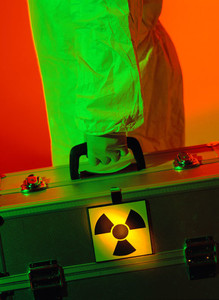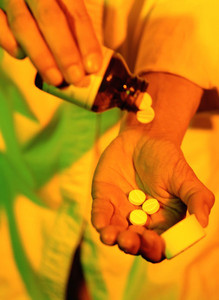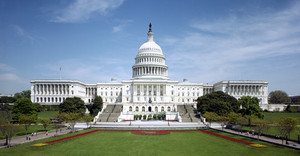In a radical move, the Indian government has pledged to provide free drugs for all from October 2012, with a focus on generic medications as a more affordable option than brand-name drugs. The announcement, from Prime Minister Manmohan Singh, follows concerns about rising out-of-pocket expenditure on health care, and the need to contain overall drugs expenditure in India.
India announces free drugs for all―generics only
Home/Policies & Legislation
|
Posted 06/07/2012
 0
Post your comment
0
Post your comment

The move follows reports that drug prices in India rose 40% between 1996 and 2006, and those on the Essential Drugs List rose 15%. But the price of medicines not supplied through the list, or centrally controlled, rose 137%.
The government is distributing a National List of Essential Medicines covering 348 medications, and instructing doctors only to prescribe generic products distributed by publicly funded healthcare facilities. These include medications for the treatment of HIV/AIDS and ulcers, as well as anti-psychotics, sedatives, anaesthetic agents, lipid lowering agents, steroids and antiplatelet drugs.
The Indian Planning Commission has committed one billion rupees (US$17.5 million) to funding the scheme for 2012–13, which includes the setting up of a central procurement facility for bulk drug purchase. Government support will cover 75% of the cost of the programme, with the remainder being met by individual states who will also establish their own Essential Drugs List based on local priorities, and will have around 5% of funds available for purchasing medications that are not on the list.
Some States, such as Rajasthan, already have a scheme for the free distribution of generic medications, through 14,964 drug distribution centres (government hospitals, community health centres and primary health centres). The Rajasthan Medical Services Corporation (RMSC), tasked with central procurement for the state, is already seeing significant savings through exclusive purchase of generics.
It remains to be seen, however, whether current provisions will meet future demand. India is facing a growing epidemic in non-communicable diseases, such as diabetes, which is expected to place a significant burden on the Indian healthcare system. The current primary healthcare referral system is chaotic, with many patients bypassing the public system and consulting private physicians instead, according to a recent report [1].
The Public Health Foundation of India (www.phfi.org) and new initiatives, such as the recent US–India bilateral agreement on health care, aim to improve public health services including better access to treatment [2], which in turn could increase demand for medications through public facilities. Currently, only 22% of the country’s 1.17 billion population receives health care from the public sector, but this figure could rise to 52% in 2017. By this time the Indian Ministry of Health expects the free drugs programme to be supplying medicines from 160,000 sub-centres, 23,000 primary health centres, 5,000 community health centres and 640 district hospitals.
Related articles
India at the biotech crossroads
EU-India free trade agreement and impact on generics
References
1. Shetty, P. Public health: India’s diabetes time bomb. Nature. 2012;485(7398):S14-6.
2. US Department of State [homepage on the Internet]. US-India Bilateral Cooperation on Public Health and Research. Fact Sheet. Office of the Spokesperson Washington, DC. 13 June 2012. [cited 2012 Jul 6]. Available from: http://www.state.gov/r/pa/prs/ps/2012/06/192275.htm
Source: Times of India
Guidelines
Canada poised to remove requirement for Phase III trials for biosimilars
European position paper on AI in medicinal product lifecycle
Most viewed articles
The best selling biotechnology drugs of 2008: the next biosimilars targets
Global biosimilars guideline development – EGA’s perspective
Related content
US EO: delivering Most-Favored-Nation Prescription Drug Pricing to American patients
Uruguay to establish independent AUVISA drug agency for healthcare reform
Malaysia announces Screening Package for new drugs and biologicals
Trump’s ‘One Big Beautiful Bill’: implications for US health care
US EO: delivering Most-Favored-Nation Prescription Drug Pricing to American patients

Home/Policies & Legislation Posted 03/10/2025
Uruguay to establish independent AUVISA drug agency for healthcare reform

Home/Policies & Legislation Posted 17/09/2025
Malaysia announces Screening Package for new drugs and biologicals

Home/Policies & Legislation Posted 25/08/2025
Trump’s ‘One Big Beautiful Bill’: implications for US health care

Home/Policies & Legislation Posted 14/08/2025
The best selling biotechnology drugs of 2008: the next biosimilars targets






Post your comment